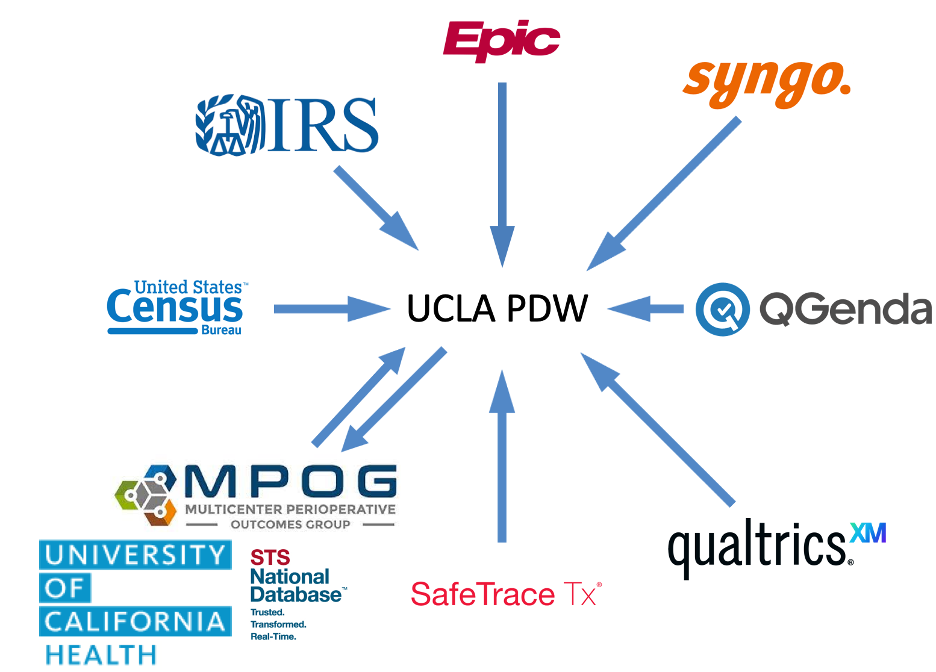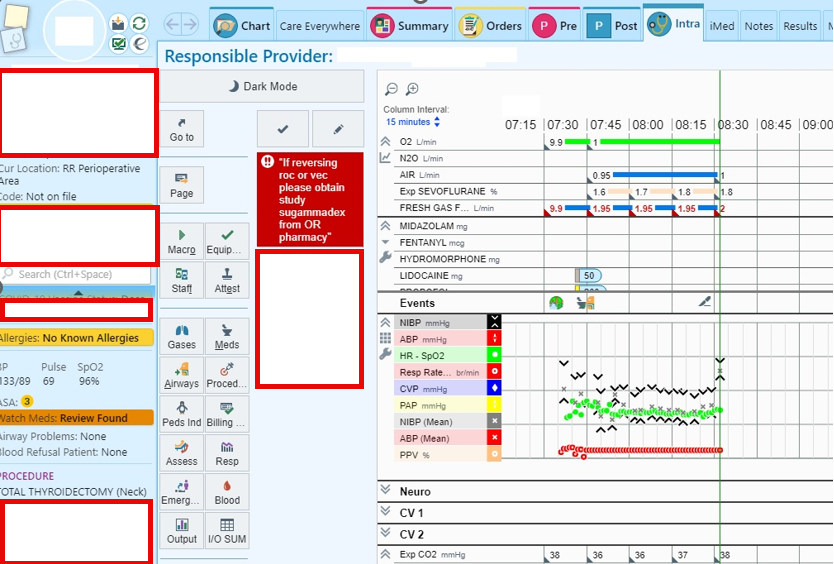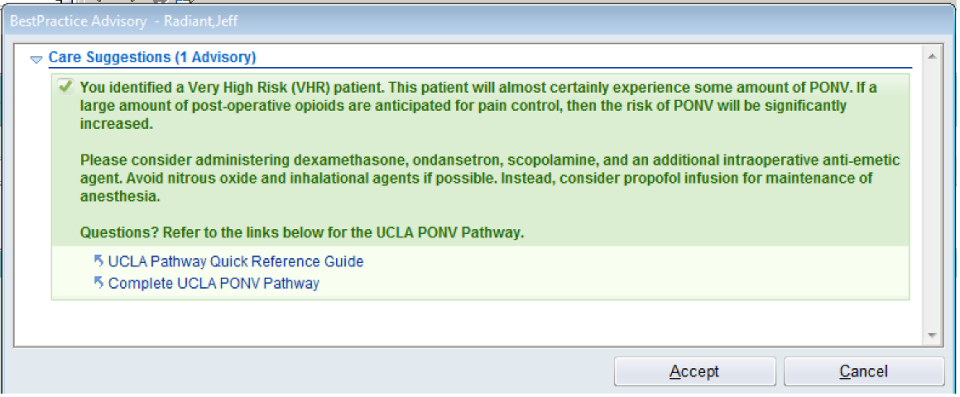Bioinformatics & Perioperative Analytics
THE DIVISION OF BIOINFORMATICS AND PERIOPERATIVE ANALYTICS
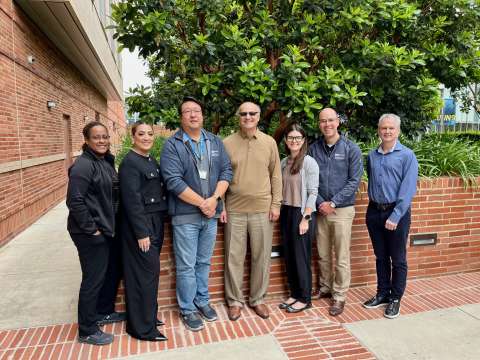
At a fundamental level, high-quality data, and knowing how to interpret it, form the foundation of knowledge development. Our group in the UCLA DAPM Division of Bioinformatics & Perioperative Analytics strives to apply diverse Health Care data sources to drive innovation, deepen understanding of complex medical systems, and improve clinical outcomes. Our data sources range from the electronic health record to social determinants of health and are linked to databases with waveform and genomic repositories. Our tools range from traditional statistics and data discovery techniques to emerging analytics such as artificial intelligence and natural language processing. We collaborate regularly with other large institutions and are involved several national registries.
The ultimate goal of all of our efforts is applying technology to improve clinical care. With 42 million patients undergoing surgery, and nearly 6 million admitted to an intensive care unit annually, the perioperative and critical care periods are critical risk periods for patients. Our goal is to develop high-quality data sources, pioneer usage of advanced analytic techniques, and implement real-time risk tools that improve patient care.
UCLA CENTER OF EXCELLENCE FOR PERIOPERATIVE ANESTHESIA
We are designated by the health center as a Center of Excellence for Perioperative Anesthesia. As such, we are dedicated to advancing the field of perioperative and critical care. As a leading institution in perioperative medicine, our center focuses on providing comprehensive care, utilizing advanced techniques, conducting research and innovation, offering education and training programs, fostering collaboration and networking, and prioritizing patient-centered care. With a commitment to excellence, our center strives to optimize patient outcomes and enhance the quality of perioperative anesthesia care.
- MISSION: The Division of Bioinformatics and Analytics is committed to leveraging technology to improve delivery of patient care throughout the acute care period, conducting and supporting innovative research, and cultivating a community that is skilled in interpreting and utilizing healthcare data.
“Improving patient care bit by bit.”
- VISION: We aspire to significantly increase the value, innovation, and partnerships of our Bioinformatics division. Our goal is to deepen involvement from trainees to faculty, utilizing technology to revolutionize the practice of medicine, and achieving greater prominence both nationally and within the health system.
- VALUES: Our foundation is built on teamwork, communication, trust, and innovation. We promote career development, value the quality of our work, and strive for continuous improvement in healthcare informatics.
Our scientific approach is based on the following expertise:
Over the years, we've led the way in developing and clinically validating a wide range of healthcare data sources. This includes diverse data types like electronic health records (EHRs), as well as external databases such as echocardiogram and blood bank systems. We've also incorporated geographically-oriented data into our research, providing valuable insights into social determinants of health and their impact on perioperative outcomes. Through our commitment to innovation and collaboration, we're expanding the scope and depth of healthcare data available for research and clinical use, driving advancements in perioperative medicine and patient care.
We have been innovators in application of artificial intelligence algorithms and advanced analytics. Our innovative approach encompasses harnessing the capabilities of AI to analyze vast and complex datasets, such as electronic health records and medical imaging, to derive actionable insights for patient care. Through the development and implementation of AI-driven predictive models, we aim to enhance risk assessment, optimize treatment strategies, and improve patient outcomes across the perioperative continuum.
Our scope includes integration of advanced clinical decision support systems and digital quality improvement methodologies. Several instances of our work has demonstrated significant clinical benefit of innovative clinical decision support systems.
And finally, we collaborate with other departments within UCLA to provide analytic support.
We believe collaboration among clinicians, computer scientists, and individuals from diverse backgrounds is essential for leveraging diverse perspectives, domain knowledge, and technical skills to develop and implement effective informatics solutions that directly impact patient care, outcomes, and healthcare delivery.

Health Data Dialogue: A Conversation Series
Health Data Dialogue is conversation series allows us and our guests to share insights about technology and how it relates to health. This series is designed to explore the latest trends, challenges and innovations in health informatics, with a special focus on how data science and prediction models are changing the way we practice medicine. Each episode will feature an invited guests from in or outside of UCLA, bringing in fresh perspectives and insights from different institutions and fields. We'll have discussions with these experts delving into specific topics that are relevant to both clinicians and informatics professionals.
CLINICAL INNOVATIONS
STAFFING OF THE DIVISION
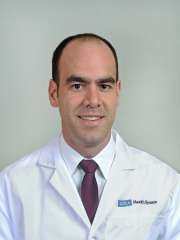
Eilon Gabel, MD
As the Director of Operations, Dr. Gabel’s leadership and vision steer the division towards innovative research and application of bioinformatics in improving patient care. Dr. Gabel’s recent contributions include research on the development and validation of deep neural network models for predicting postoperative outcomes using electronic health record data. This work showcases the potential of machine learning in enhancing patient safety and care quality.

Theodora E. Wingert, MD
Dr. Wingert leads the division’s research efforts, focusing on leveraging data analytics and machine learning to predict and improve perioperative outcomes. Her work emphasizes the importance of bioinformatics in advancing personalized medicine and enhancing clinical decision-making processes.

Valiollah Salari, PhD
Dr. Salari oversees our perioperative data warehouse environment, fostering high-level collaborations with the health system to ensure the effective operation of our data systems. Additionally, he leads our division's efforts in implementing machine learning solutions to enhance our analytical capabilities.

Stephen Murray
Stephen leads our departmental quality informatics initiatives, focusing on integrating various systems and platforms to streamline data collection and analysis processes. He also manages collaborations with external vendors, such as Qualtrics surveys, to improve our data gathering methodologies.

James M. Moore, MD
Dr. Moore plays a vital role in advancing our electronic medical records system, leveraging his expertise as a physician informaticist to optimize clinical workflows and enhance patient care delivery.

Drew S. Cheng, MD
Dr. Cheng specializes in extracting high-quality research data to support our clinical investigations within UCLA. Additionally, he oversees the management of the multi-center perioperative operating group (MPOG) registry, facilitating collaborative research efforts across our institution.

Jennah Varela
Jennah leads our project management efforts, ensuring the successful execution of initiatives within our division. As a skilled Tableau analyst, she also contributes to data visualization and analysis, providing valuable insights for decision-making processes.

Tiffany M. Williams, MD, PhD
Dr. Williams, MD, PhD, is a distinguished member of our team, serving as the Lead Bioinformatics Scientist. Her dual qualification in medicine and bioinformatics enables her to spearhead innovative approaches in personalized medicine and genomics. Dr. Williams’s research focuses on integrating bioinformatics tools with clinical insights to dissect complex biological datasets, aiming to unveil novel diagnostic markers and therapeutic strategies.
Connect with us
For questions or more information on the Division of Bioinformatics & Perioperative Analytics, please email Jennah Varela at . For inquires regarding the Fellowship in Perioperative Bioninformatics, we invite you to explore the webpage found here.
Follow us on social media: Instagram: & Twitter/X:
